As someone who's dependent on glasses to see on an everyday basis, losing or misplacing them is obviously a bad thing. I can't even see clearly enough to find the glasses that I just lost, so I'm pretty much blind now.
Without your prescription eyewear, the world is a blur. People become bushes, bushes become people, and light sources give that bokeh effect that photographers only wished they could capture.

If your prescription specs are gone for good, or even your contact lenses, you'll obviously need some new ones from your optometrist. If you can afford it, invest in a backup pair for emergencies so you're not screwed the next time.
But what do you do in the meantime? I'll cover a few ways below to help ease your temporary blindness while you're without your glasses or contacts, but first let's talk about our eyes and how we're able to take in light to create clear images.
How Your Eyes Capture an Image
When you see something, it's because light emits from a source, reflects off of an object, and refracts through the front part of the eye (the cornea, lens, and vitreous humor). Once it makes its way through to your retina, all of the light converges to a single area as an inverted image, which is then converted to electrical energy and sent through the optic nerve to the visual cortex, located in the occipital lobe of your brain.
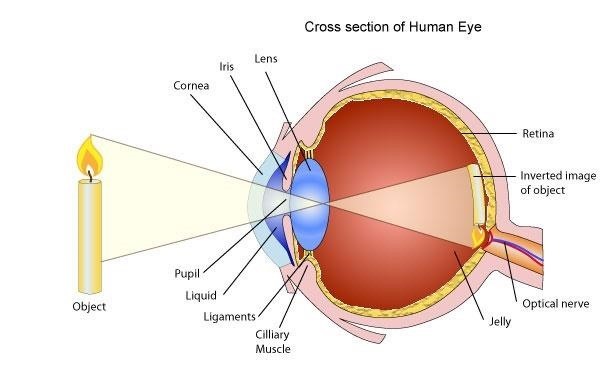
As for the reason why your vision is clear, well, that's due to the lens. If the lens works adequately, all of the spread out light entering your eye is captured in one place, giving you a clear image of what you're looking at. If for some reason there were no lenses in your eyes, the light being reflected would go through the eyes and scatter out, ultimately blurring your vision.
Although human vision is great, it's definitely not perfect. With your lenses, you're only able to properly capture light from one distance at a time. This is the reason why the foreground and background of an object you're looking at stays blurred. If you want to refocus on a different object, several of the extraocular muscles near your eyes squeeze or release pressure on your lenses, changing their focal length.

When there are issues with your eyes, like nearsightedness or farsightedness, you have to wear glasses like I do. These issues are usually caused by a natural change in the shape of your eyeball, cornea, or lens. When light rays enter the eyes with one of these issues, they're spread out on the retina, thus blurring vision.
Method #1: Squint for Better Vision
Squinting is the most popular way to correct blurry vision, not to mention the easiest. For several years, I went through college without glasses, so squinting became second-nature to me; whether I needed to see notes on the board in class or read a sign while driving, squinting was all I did.

The reason that squinting helps you see is because it changes the shape of your eye, making the pupil smaller, thus letting less light in and making an image clear. This is similar to the way a larger aperture works; a smaller hole in your camera lets less light in, with better focus.
Myths have always been around that squinting is bad for your vision, but that is not true at all. What squinting does is give you headaches due to contraction of the muscles in your face, all of which I'm very well acquainted with.
Method #2: Pull Back on Your Eyelids
As an alternative to squinting, you can lightly pull back at the corners of your eyes, which also alters the shape, focusing light where it's supposed to go. With this method, you're not scrunching up your face, so you won't get a headache.

Just be careful where you do this, as it might come off as insensitive in front of certain people.
Method #3: Use Your Finger to Create a Pinhole
Pinholes, unlike lenses, can focus light coming from any distance, blocking all other light and forcing the small amount of light that comes in to form in one place, giving us a crisp and clear image.
If you're stuck in a situation without your glasses and you need to make out an image that's far away or blurred, you can create a pinhole with your fingers.
Just wrap your finger around and create a small circle. A small amount of light will then come through and focus in one area, giving you a clearer image.

Below you can see two images, with the one on the left depicting my sight without glasses and the picture on the right showing what the same view looks like through a pinhole made from my hand. The red arrow in the picture on the left points to the exact part of the image I'm looking at through the pinhole on the right, with clarity.


If you don't want to use your hand, you can also poke a small hole through a piece of paper or cardboard and use it as a successful pinhole.


Obviously this won't cut it if you need to drive, watch a movie, or use your sight for an extended period of time, but it should help for cases where you need to find your glasses, read a sign, distinguish between people and mailboxes, and view anything else that's too far away to see because of your blurred vision.
Method #4: Use Your Smartphone
As a handy tool for pretty much everything, your smartphone can also help you see. Just open the camera application, point your camera at what you need to see, and look through the viewfinder.

You'll be able to see things that are further away, directly through the lens of your smartphone or tablet. I've used this method plenty of times, primarily to find my glasses or look for small objects (such as quarters) that I've dropped on the floor.
Are there any other unique ways to see without your glasses? Let us know!
Just updated your iPhone? You'll find new emoji, enhanced security, podcast transcripts, Apple Cash virtual numbers, and other useful features. There are even new additions hidden within Safari. Find out what's new and changed on your iPhone with the iOS 17.4 update.
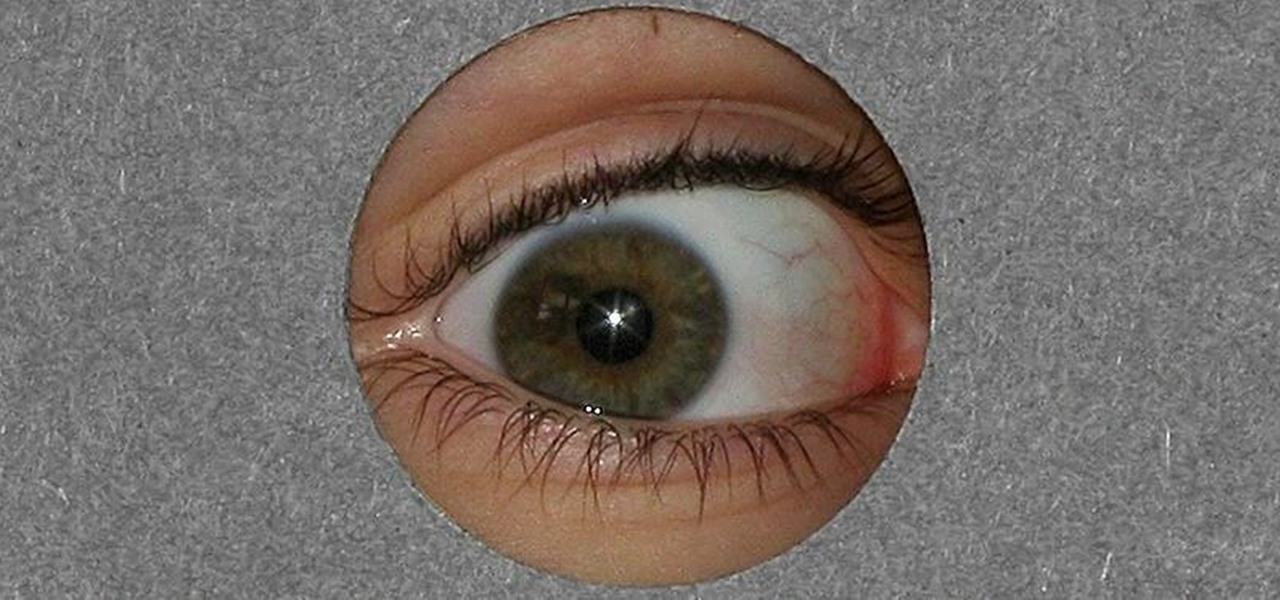


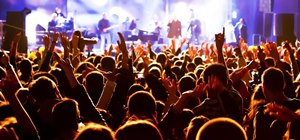


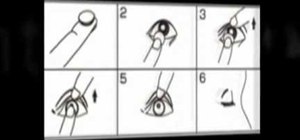
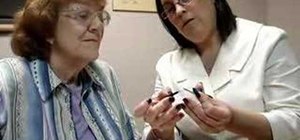
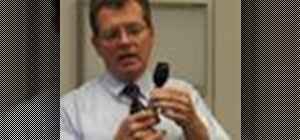
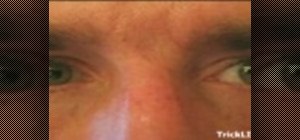
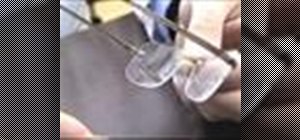
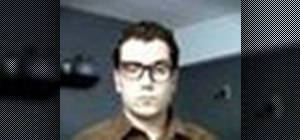
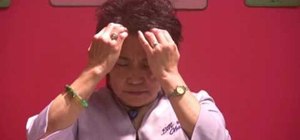
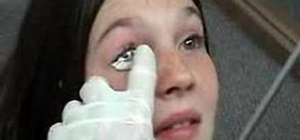
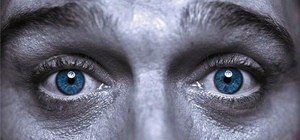
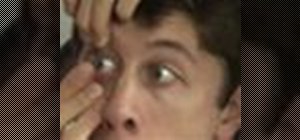
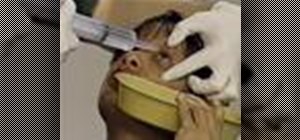
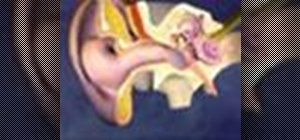
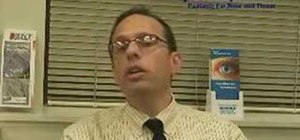
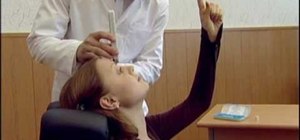
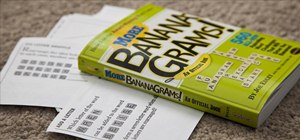
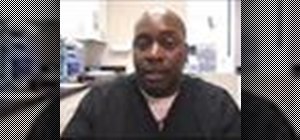


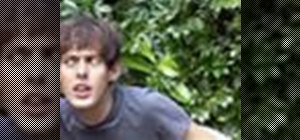


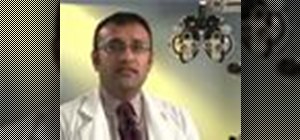
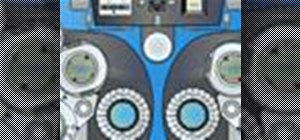
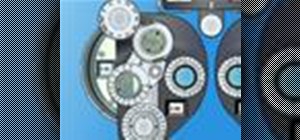
2 Comments
Someone told me about the pin hole thing and I was amazed.
Since then, I noticed when reading from my tablet in bed (I use quite a large font for that and like to practice reading without glasses to exercise the lens muscles) that the text was clear in a narrow area along the edge of my nose profile.
This improvement can also be more usefully achieved by placing your hand in front of your nose and forming a roughly horizontal line perpendicular to your view with the top of your hand so as you look along the top of your hand close to your face with both eyes, as if you are using your finger to underline the line of text, you can see a whole line at a time of the text you are reading much much more clearly. This technique is better than peering through a small hole in your eye because you use both eyes. Amazingly effective for reading otherwise blurry text.
I am 53 and started using reading glasses 4 years ago after a rapid decline in my close-up vison.
Or better than using your hand, hold a piece of card up, steadying your hand against your nose, and look at the text on your book or screen, immediately above the top of the card in front of your face.
Share Your Thoughts